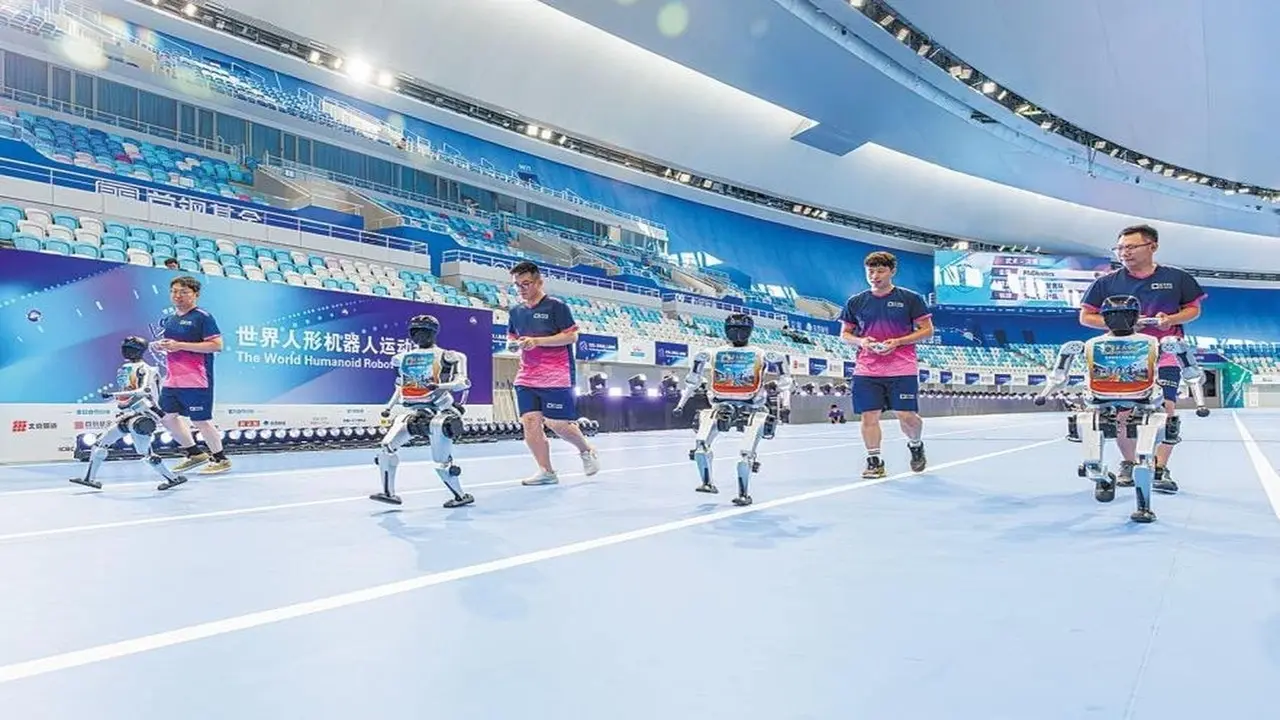The world’s first humanoid robot competitions begin today in China. The event, titled “World Humanoid Robot Games,” brings together 280 teams and hundreds of robots from 16 different countries. The competition is taking place at “The Ice Ribbon” stadium in Beijing.
The world’s first humanoid robot games are about to begin.
This stadium previously hosted speed skating competitions during the 2022 Winter Olympics. This time, the stadium has been specially converted for humanoid robots. High-tech areas have been created to meet the robots’ maintenance, charging, and connection needs.

The event will last three days and feature a total of 487 competitions across 26 categories. Some of the competitions are based on physical performance, encompassing classic athletic disciplines such as running, football, and boxing. Others focus on scenario-based tasks.
The robots compete in tasks that simulate real-life work scenarios. For example, in a hospital scenario, they must sort medications according to prescriptions, and in a hotel scenario, they must collect and sort garbage.
The program also includes tasks such as warehouse sorting and factory material management. These scenarios demonstrate not only the robots’ physical capabilities but also their decision-making processes and interaction with the environment.
The robots used in the competitions can operate in two different modes. In fully autonomous mode, the robots complete tasks autonomously. Visual recognition systems and AI-powered decision algorithms are used.
In the other mode, the robots are guided in real time by human operators. This system operates over a low-latency 5G-A connection. A remote control area installed inside the stadium enables this guidance and minimizes collisions and task errors.
Four main areas of the stadium were prepared for the competitions: a 2.1-meter-wide running track, a 5-on-5 robotic football field, a boxing ring, and hotel and hospital areas for thematic missions. Held at a time of rapid advancement in robotics, the competition stands out for its demonstration of the advancement of AI’s interaction with the physical world.













